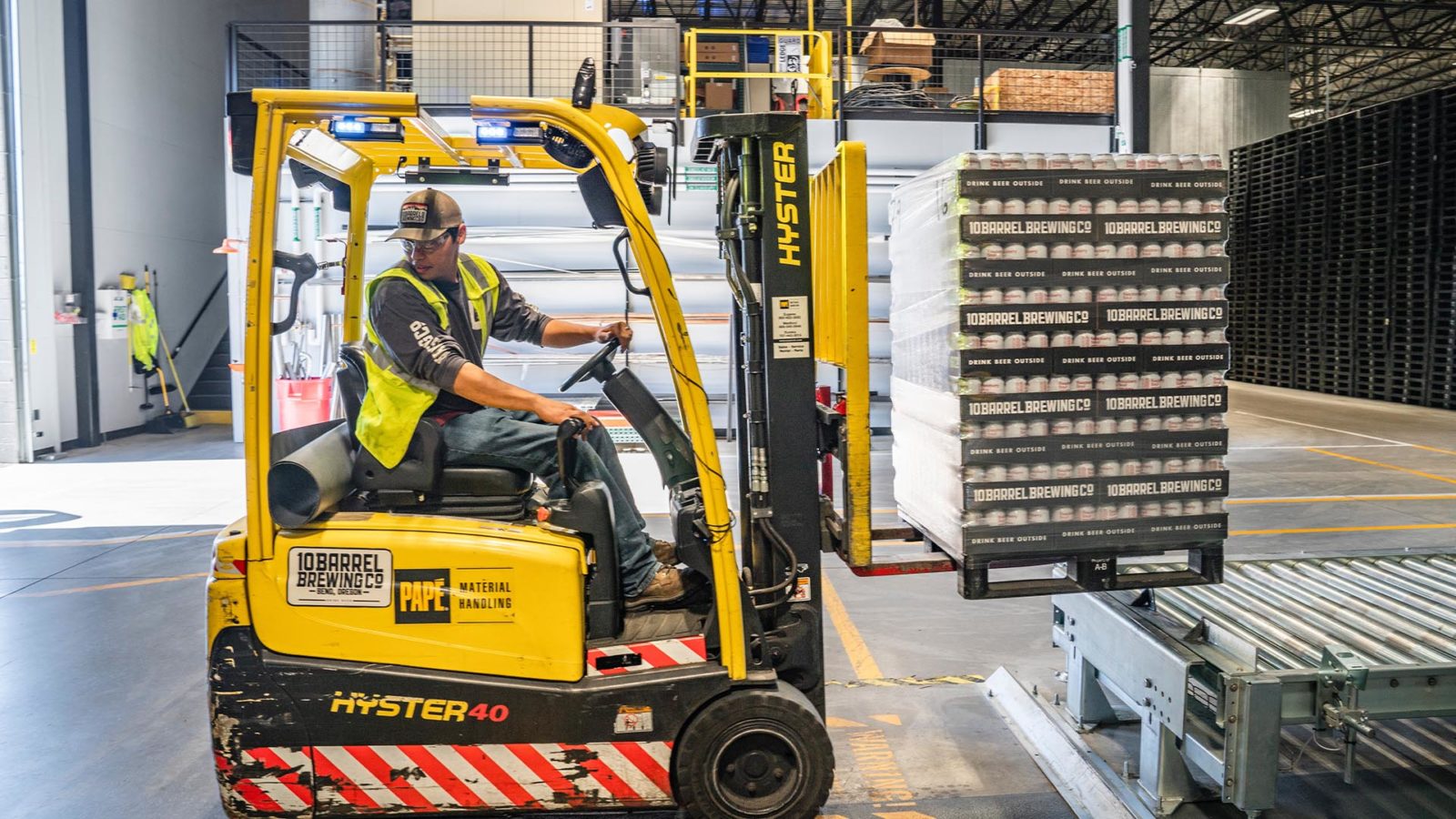If you suffered a knee injury, back injury, neck injury, shoulder injury, wrist injury, or other types of common injuries for workers comp claims on the job, it’s important to seek legal guidance from an experienced workers’ compensation team, contact one of our Toledo workers’ compensation attorneys to get started.
Which Industries Have the Highest Number Common Injuries for Workers Comp Claims?
Examining injuries, there are industries more likely to produce workers’ compensation injuries than others. According to a safety management article, the top five fatal injury and illness-prone industries in the United States include:
- Construction
- Transportation and Warehousing Industries
- Agriculture, Forestry, Fishing, and Hunting Industries
- Government
- Manufacturing Industries
Steelworkers, electrical powerline installers, loggers, and the fishing industry also tend to have many fatal accidents or accidents resulting in traumatic injury. Otherwise, with, perhaps, the exception of the Government, it is likely none of us are particularly surprised by this list. The top five industries as far as injuries and being more illness-prone include:
- Local Government
- Health Care and Social Assistance
- Retail Trade
- Manufacturing
- Leisure and Hospital
While offering no real explanation, the Bureau of Labor Statistics reports that nearly 4 in 5 injuries and illnesses reported in the public sector in 2014 occurred among local government workers (5.4 cases per 100 full-time workers). This number is even higher than that for state government, which had 4.1 cases per 100 full-time workers for a workplace injury or illness.
The construction industry has long been known for accidents and fatal injuries. According to Atlantic Training, on average, two construction workers die each day in the United States due to a construction-related accident. The top causes of construction-related fatalities are falls, struck-by-an-object, electrocution, and caught between objects. The number one OSHA-cited violation on construction sites is the lack of fall protection.
Construction laborers are the most likely to be injured on a construction job, followed by supervisors, electricians, roofers, and carpenters. While construction workers are the most likely to die from a work-related injury, they are often left with traumatic injuries requiring a lifetime of financial resources.
Guide: Five Essential Steps to Take After Your Ohio Work Injury
Which Occupations Have the Most Workers’ Comp Claims?
The occupation with the highest number of workers’ compensation claims tends to be nurses, although that can change from year to year. Whether it makes the number one slot or not, nurses and those who work in residential care facilities experience an extraordinary rate of injuries—6.1 injuries per 100 workers in the private sector and more in government-run facilities. Workers responsible for raising and feeding animals for slaughter also have a high rate of workers’ compensation claims. Couriers or personal messengers who work in plants and factories that assemble wood products, and those who work in the air transportation industry (pilots, mechanics, cargo and freight agents) round out those most likely to file a workers’ compensation claim.
Information About Common Workers’ Compensation Injuries
What are the most common workplace injuries, overall?
Overexertion is the number one non-fatal cause of workplace injuries, followed by:
- Slips, trips, and falls which can result in knee injuries, back injuries, neck injuries, shoulder injuries, wrist injuries, or other types of injuries
- Contact with objects or equipment
- Violence by other persons or animals
- Transportation incidents
What are the most common injuries for workers’ comp claims?
According to research courtesy of the Eastern Kentucky University’s Bachelor of Science in Occupational Safety program, the most common injuries for workers’ comp claims include:
- Burns
- Concussions
- Contusions
- Fractures
- Mental stress (often not compensable in Ohio)
- Respiratory disorders
- Sprains, strains, and other soft-tissue injuries
Workplace exposures that were strongly associated with injury include:
- Whole-body vibration
- Any work performed from a height
- Mechanical contact stress from either tool-handling or work positions
- High levels of ambient noise
- Extreme temperatures, either hot or cold
- Any work performed around operating machinery
- Forceful exertions
- Manual handling
- Highly repetitive motions with short work cycles
- Extremity, trunk and neck postures that are awkward
An analysis done by insurancejournal.com found that while material handling accidents were the top cause of work-related injuries overall, these types of injuries were found most often in the manufacturing and retail industries. Retail and construction industries were most likely to have injuries resulting from a fall from a height. Motor vehicle accidents were not a significant cause of work-related injuries, other than in the oil and gas sector. In the manufacturing and construction industries, eye injuries were one of the most frequent injuries.
What Steps Do I Take if You Injured on the Job in Ohio?
If you are injured while on the job in the state of Ohio there is specific information you need. First, you should have at least some knowledge of your employer’s coverage and the workplace injury procedures specific to your job. Most Ohio employers purchase workers’ comp insurance through a state fund. These employers pay insurance premiums to the Ohio Bureau of Workers’ Compensation (BWC), who, in turn, pays workers’ comp benefits directly to employees. A small number of very large employers are self-insured. These employers make initial claim decision and will pay benefits directly to injured workers.
Your workplace probably has procedures in place in the event of a workplace accident. A managed care organization will work with your doctor to ensure you receive adequate medical care, allowing you to return to work and everyday life. If you lose eight or more days from work due to your workplace injury, you will receive lost wages. After a workplace accident,
- Seek medical treatment immediately and tell the medical provider about your injury.
- Promptly tell your employer about your work-related injury.
- If you know the name of your employer’s MCO tell your doctor or ER staff the name of the MCO at the time of service.
- Inform your pharmacist that your prescription is for an Ohio workers’ comp claim.
- Make sure your employer or doctor files a workers’ comp claim.
- You will receive an initial notification letter with a BWC ID card with your claim number within two weeks.
- A BWC claims service specialist may call you.
- Make sure BWC receives all necessary information about your accident and injuries.
- If you disagree with the decision regarding your eligibility for benefits, you can appeal.
- Always follow all instructions from your health care providers.
How Schaffer & Associates Workers Comp Attorneys Can Help if You’ve Been Injured on the Job
If you have been injured in an Ohio workplace accident, you must take prompt action, rather than “waiting to see” whether you are seriously injured. An experienced, professional workers’ compensation attorney from Schaffer & Associates can help guide you through the process, making sure you have the chance you deserve at receiving Ohio workers’ compensation benefits. Our attorneys have more than 50 years of combined experience; we are compassionate and dedicated to our clients, and that dedication shows. Don’t wait—contact Schaffer & Associates today following your workplace accident with injury.


